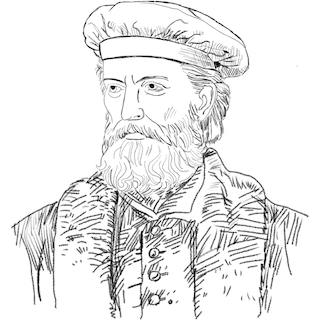The Middle East, a region historically characterized by tension, is on the precipice of a full-blown war, largely due to the escalating Israel-Hamas conflict in Gaza. The situation has been deteriorating since a surprise attack by Hamas, a group labeled a terrorist organization by several countries including the US and EU, on October 7. This attack ignited a deadly conflict that has resulted in thousands of casualties and widespread displacement.
Under the leadership of Prime Minister Benjamin Netanyahu, the Israeli government's military campaign has been unyielding, causing a catastrophic humanitarian crisis. As of now, the conflict has claimed over 23,200 Palestinian lives, the majority of whom are women and children, and displaced nearly 85% of Gaza's 2.3 million inhabitants. The healthcare system is under immense strain, with hospitals overwhelmed, critical supplies dwindling, and infectious diseases spreading rapidly. The UN humanitarian chief, Martin Griffiths, has labeled the situation a "public health disaster."
The implications of the conflict extend beyond Israel and Gaza. Hezbollah, a Hamas ally, has been launching strikes along the Israeli border since the conflict's inception. Consequently, the previously peaceful Israel-Lebanon border has transformed into a volatile frontline. In response, the US has deployed two aircraft carrier strike groups in the region as a warning to Iran and its allies against escalating the conflict.
In an attempt to halt the conflict's spread and foster lasting peace, US Secretary of State Antony Blinken is conducting a diplomatic mission in the Middle East. He is meeting with leaders from several countries, including Turkey, Greece, Egypt, Jordan, Qatar, the UAE, Saudi Arabia, Israel, and the Israeli-occupied West Bank. However, time is running out for de-escalation, and the conflict is increasingly being viewed as a potential catalyst for a larger, global conflict.
The humanitarian situation in Gaza is critical, with unprecedented levels of food insecurity. The UN has warned of an impending famine, with 90% of children under two consuming insufficient amounts of essential food groups. The humanitarian community is grappling with numerous challenges, including communication blackouts, damaged infrastructure, and a severe shortage of commercial supplies.
Within Israel, a political storm is brewing over Prime Minister Benjamin Netanyahu's controversial judicial reform plan, causing societal division. The Israeli Supreme Court recently rejected a key component of this plan, a decision hailed by critics as a "public victory for democracy." However, this setback for Netanyahu's right-wing government could potentially trigger a national crisis if the cabinet does not accept it.
In summary, the escalating conflict in the Middle East, particularly the Israel-Hamas war, is a critical global concern. The involvement of regional powers and the potential for a global conflict necessitate immediate attention and action. The need for diplomatic intervention, humanitarian aid, and a commitment to peace is crucial. As the world watches the unfolding crisis, the hope is for a resolution that prevents this metaphorical powder keg from igniting.
READ MORE
